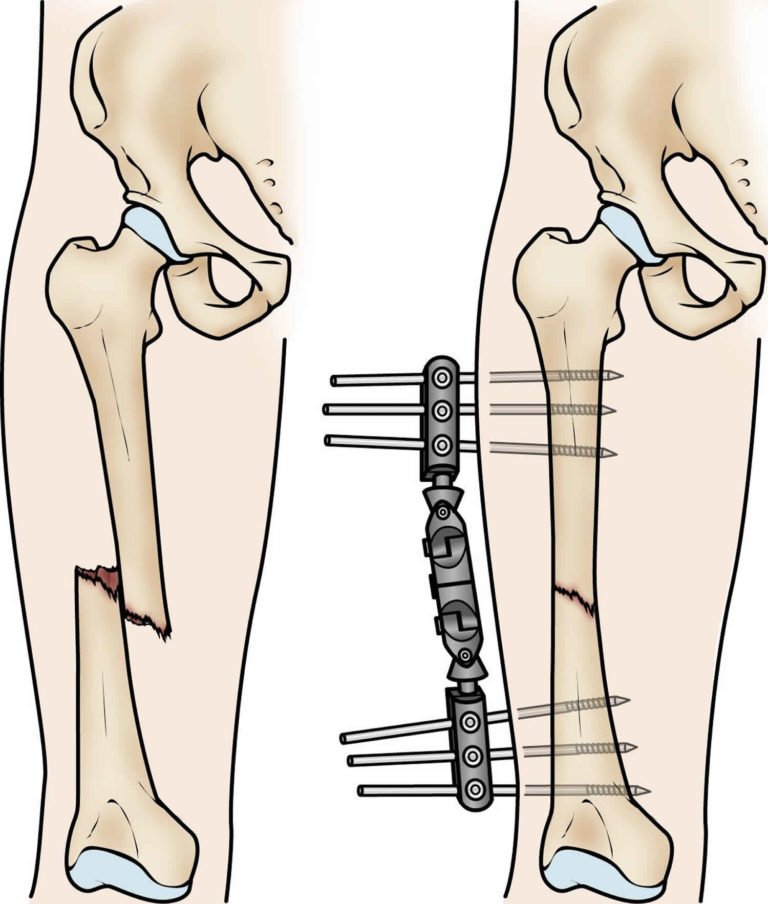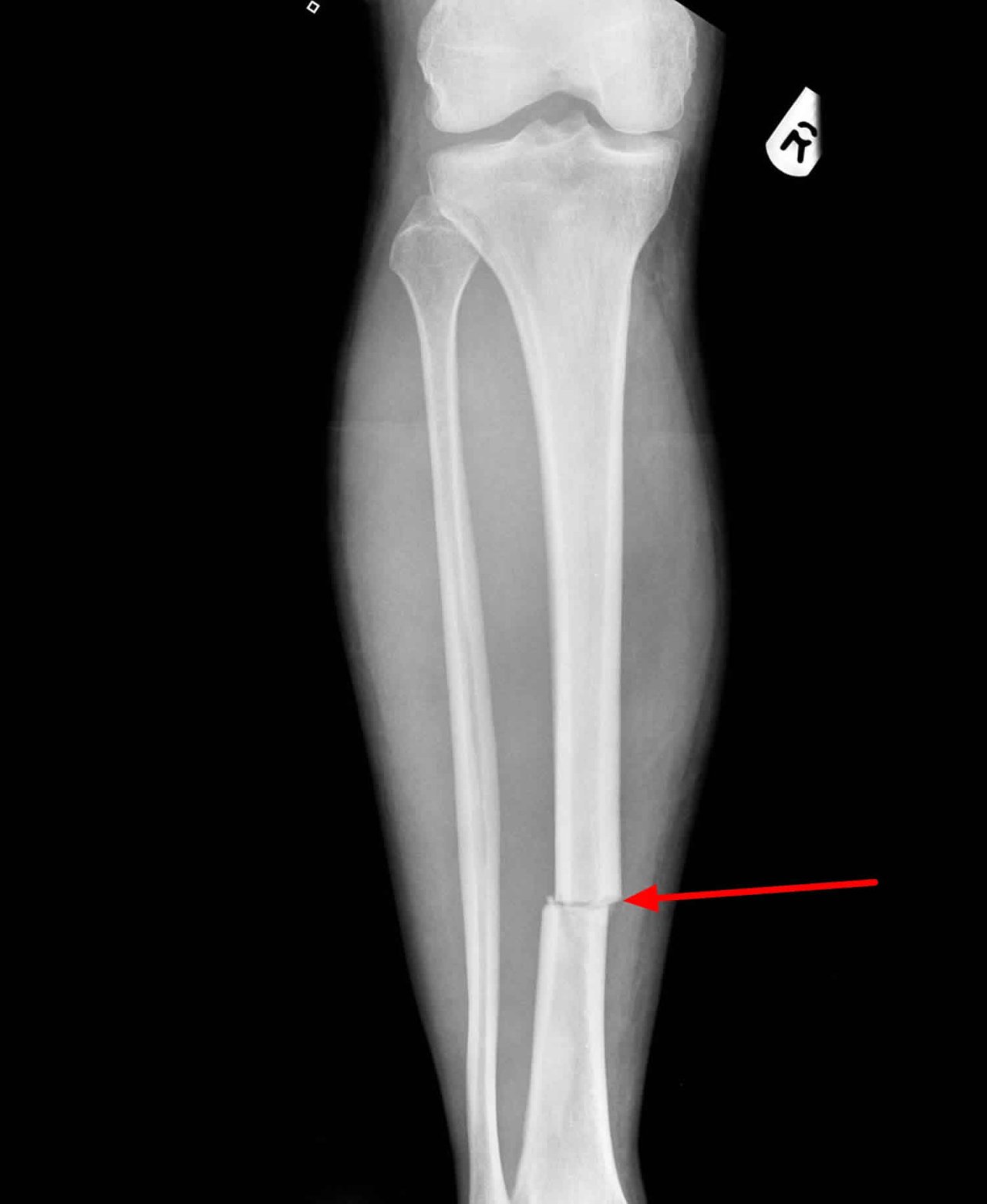Image Source
A transverse fracture, also known as a “broken bone” or “split bone”, is an injury to the bone in which the ends of the bone split apart but do not break through the skin. This type of fracture occurs when you force a bent segment of your forearm or another part of your body into a straight position quickly. When you force your bent arm from its natural position, either by hitting it with something or by hyper extending it, this can cause the bones to snap apart instead of breaking all the way through. A transverse fracture is usually very painful and is among the most common types of fractures. The pain associated with this type of broken bone usually makes movement difficult for the first week after it happens. In addition, anyone who experiences a transverse fracture should contact their doctor immediately because there could be additional risks involved depending on where and how it happened.
What Causes Transverse Fractures?
Transverse fractures are caused when something forces the two ends of a bone that are trying to heal after a break to move past each other. When the ends of a broken bone do not heal properly, a transverse fracture occurs. In most cases, a transverse fracture occurs when you attempt to move your arm or leg before the broken bone has healed. If the broken bone is in your forearm, you might experience a transverse fracture if you attempt to straighten your arm before it has had enough time to heal.
How Do You Know If You Have A Transverse Fracture?
A transverse fracture is usually evident, with the break occurring in the middle of the bone. The most common sites include the wrists, arms, and legs. The pain associated with this type of broken bone usually makes movement difficult for the first week after it happens. In addition, a transverse fracture is easy to diagnose because it causes a visible bend in the middle of the bone instead of a clean break. In some cases, the doctor might make a small incision in the skin near the fracture to help reduce pain and aid in setting the bone back into place.
Reference
Recovery Time And Rehabilitation Of A Transverse Fracture
The length of recovery time for a transverse fracture depends on the location and severity of the injury. Most transverse fractures heal well with little risk of complications or long-term effects. Depending on the location of the fracture and the extent of the damage, you might need to use crutches or a wheelchair while the bone heals. In many cases, you will also need to wear a cast, splint, or brace on the affected limb. Your doctor will determine the most appropriate treatment plan based on the type and severity of the fracture. In most cases, full recovery from a transverse fracture can take between three and six weeks.
Image Source
Tips To Help Prevent Transverse Fractures
- When you break a bone, the ends (the fragments) of the broken bone are not able to heal because they are no longer attached to each other. The fragments usually remain in place, held together by the surrounding soft tissues. Fragments that are not attached to each other are called “non-union” fragments and the bone itself is called a “non-union fracture”.
- During healing, the non-union fragments are attached to each other by soft tissues, such as muscles and ligaments, that are not as strong as the bone. Some non-union fractures will heal over time, but some will not. In order to let the fracture heal, you need to avoid activities that put pressure on the fracture, such as walking or standing.
Reference
Conclusion:
A transverse fracture is an injury to the bone in which the ends of the bone split apart but do not break through the skin. This type of fracture occurs when you force a bent segment of your forearm or another part of your body into a straight position quickly. When you force your bent arm from its natural position, either by hitting it with something or by hyper extending it, this can cause the bones to snap apart instead of breaking all the way through. The length of recovery time for a transverse fracture depends on the location and severity of the injury. In most cases, full recovery from a transverse fracture can take between three and six weeks. In order to let the fracture heal, you need to avoid activities that put pressure on the fracture, such as walking or standing. By preventing a transverse fracture, you can help avoid the pain and long recovery time that goes along with it.
Reference:
https://my.clevelandclinic.org/health/diseases/22956-transverse-fracture
https://www.drdavidchangmd.com/blog/treating-transverse-process-fractures
https://www.fairview.org/patient-education/511650EN
https://healthjade.net/transverse-fracture/

It's my pleasure to introduce myself. I'm SHEIKH from Bangladesh.Recently I have passed my semester final Deploma in Textile and Now I want to BSC a private university.I wish that I study together with the job.Textile and Garments job is so hard that is not possible to continue study and job so i want to do something on online. That why i am come here.I have a 6 members in my family. I have a. Two brothers and one sister and also parents.My father is a business man. My mother is a housewife and brother are doing job and sisters studying.
My favorite game football but till a long time I can't play it because I don't get time to play and also my health condition is not good.
My favorite Food Biryani and Meat and Khichuri.I like Jhal very much.My favorite Colors are Black and White.
My favorite activity is Photography, Crypto, English learning, Content Writing.......


